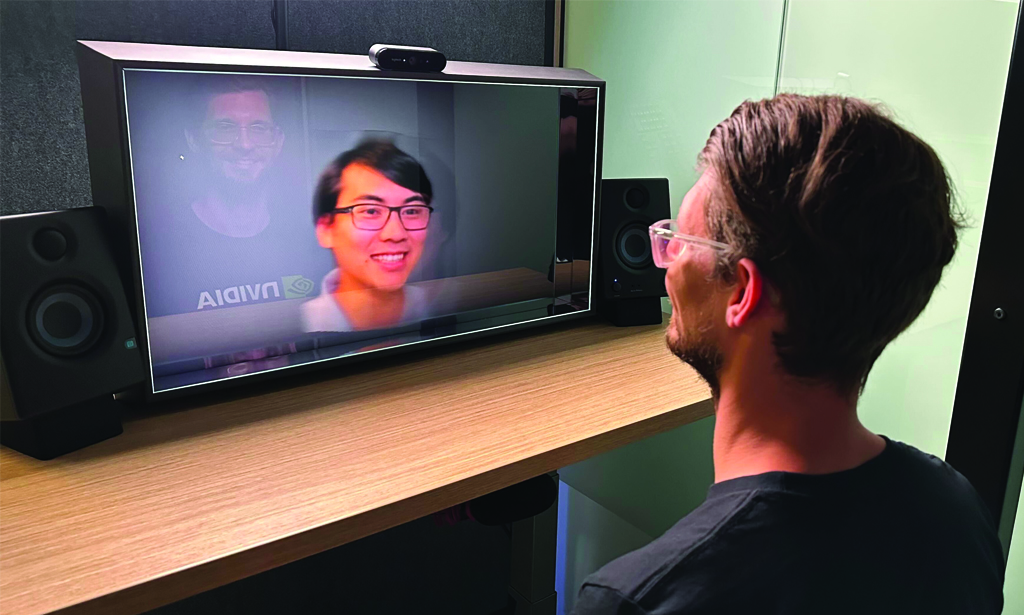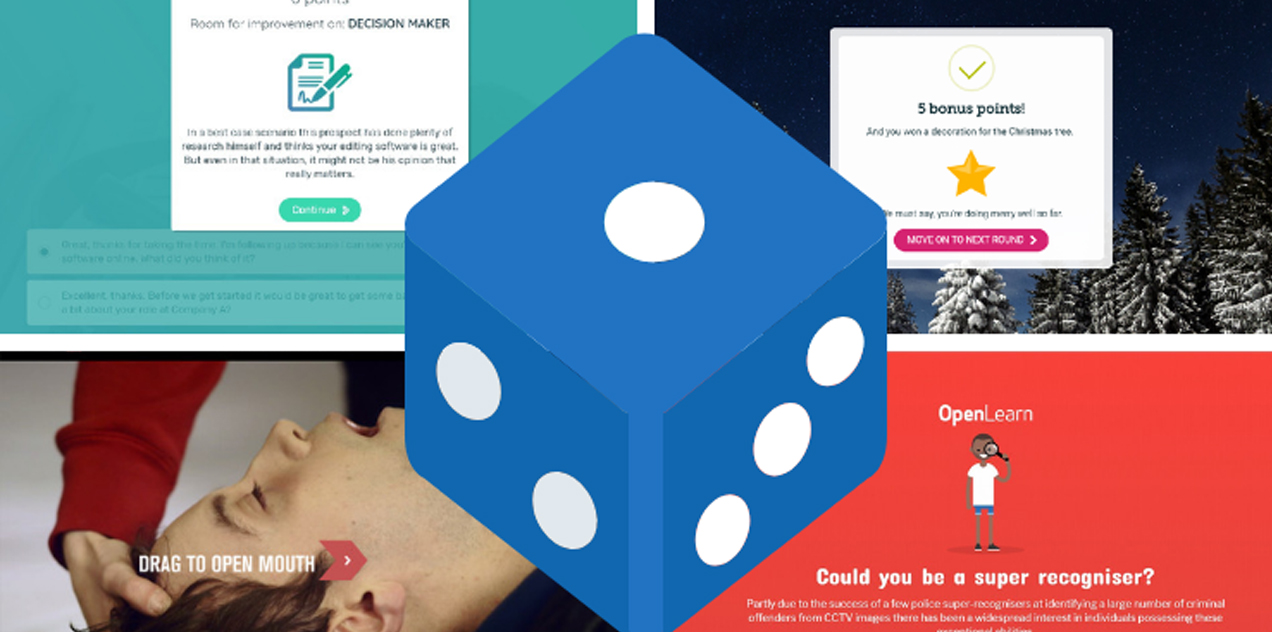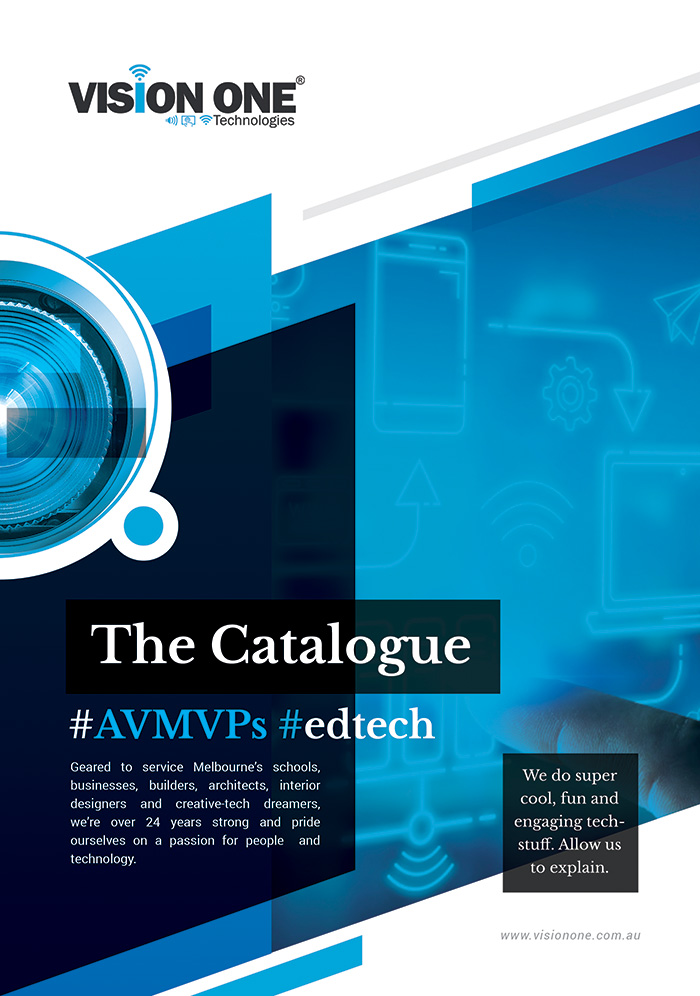By voice, we mean the ability to recogniae their own beliefs, practice articulating them in a variety of forms, and then find the confidence — and the platform — to express them.
The platforms part can go a long way toward serving the confidence part. Introverted students (who may be gifted with self-reflection) might find the openness of a social media channel like Twitter intimidating, but they might also love the idea of long-form blogging, or even communicating indirectly through the creation of mini-documentaries, podcasts or music videos.
This (correctly) implies that there is no one-size-fits-all solution for students to express themselves and interact with the world. You can indeed insist that all students blog because, from your perspective, it sounds justifiable and beneficial, but if the goal is to help students find their own voice, they will need choices. Here are just four possibilities:
1. Blogging
This one is simple. WordPress, Blogger and a variety of education-focused blogging platforms help students establish their own digital space to meet the world. It allows the embedding of images, videos, tweets and of course text. To be successful here, they just need a reason to blog.
2. Storify or Storehouse
Storify and Storehouse essentially allow students to collect media bits and pieces from across the web, and to socialize them — that is, to shape them into a unique form of expression through social media. The focus here is less on the student articulation of ideas (in contrast to blogging), and more on what they share and why they share it. In other words, the content itself is the star. To be successful here, students need an eye for compelling content, as well as an understanding of the ways that various digital media can work together to tell a story.
3. Podcasting or VoiceThread
While podcasting and VoiceThread have fundamental differences, they boil down to the ability for students to express themselves verbally around an idea important to them. To be successful here, students need to be comfortable talking, and to be able to do so in ways that are interesting to listen to. They also need strong audience awareness — but then again, when don’t they?
4. YouTube Channels
YouTube is the ultimate digital distribution channel — billions and billions and billions of views. It works, and it’s staggeringly efficient, with a world of analytics and an instant global audience for any video that can find traction. Students can create review channels, perform music, humorously remix existing content, act, create documentaries, and a million other possibilities. Success here depends on a student’s comfort level in front of a camera (if they’re somehow performing), and/or an eye for standing out in front of said billions and billions of competing videos (if they’re behind the camera or somehow producing).
To work with YouTube — and really with any of the above-mentioned media — students need to have a strong awareness of both legal copyright issues and notions of digital citizenship. As a teacher encouraging them to find their voice, you are in a unique position to teach or reinforce these concepts.
How are you using technology to help your students find their voice?
*article courtesy of Terry Heick at http://www.edutopia.org*
















